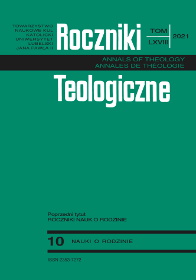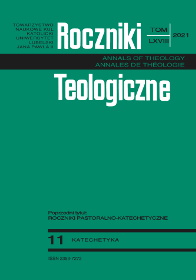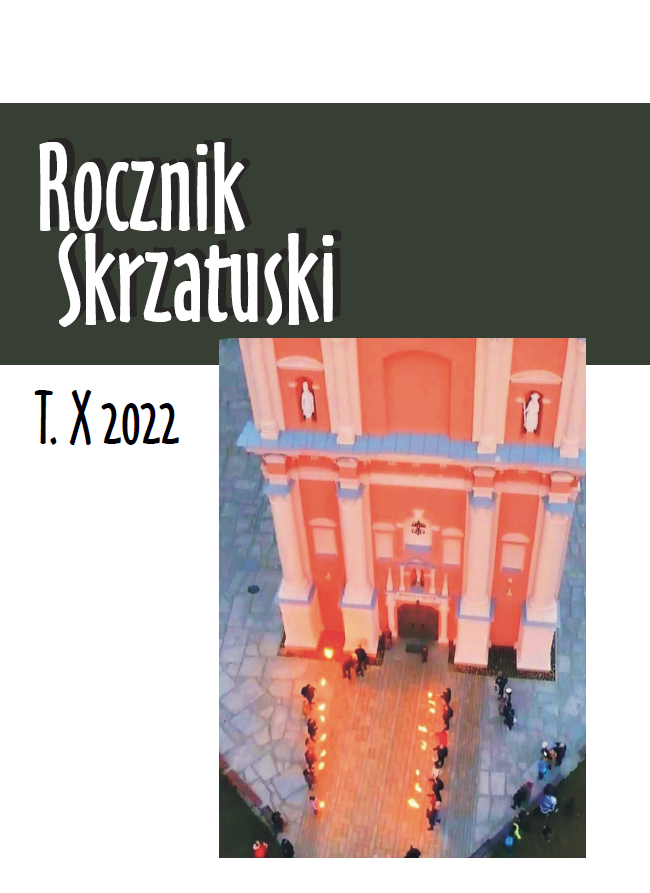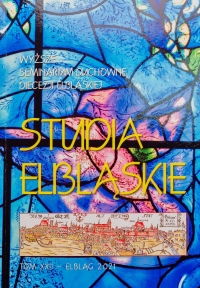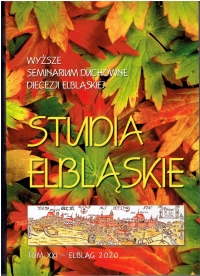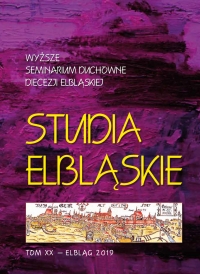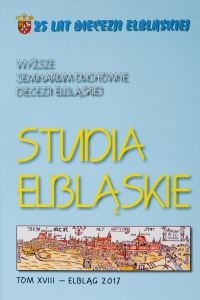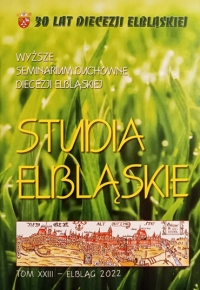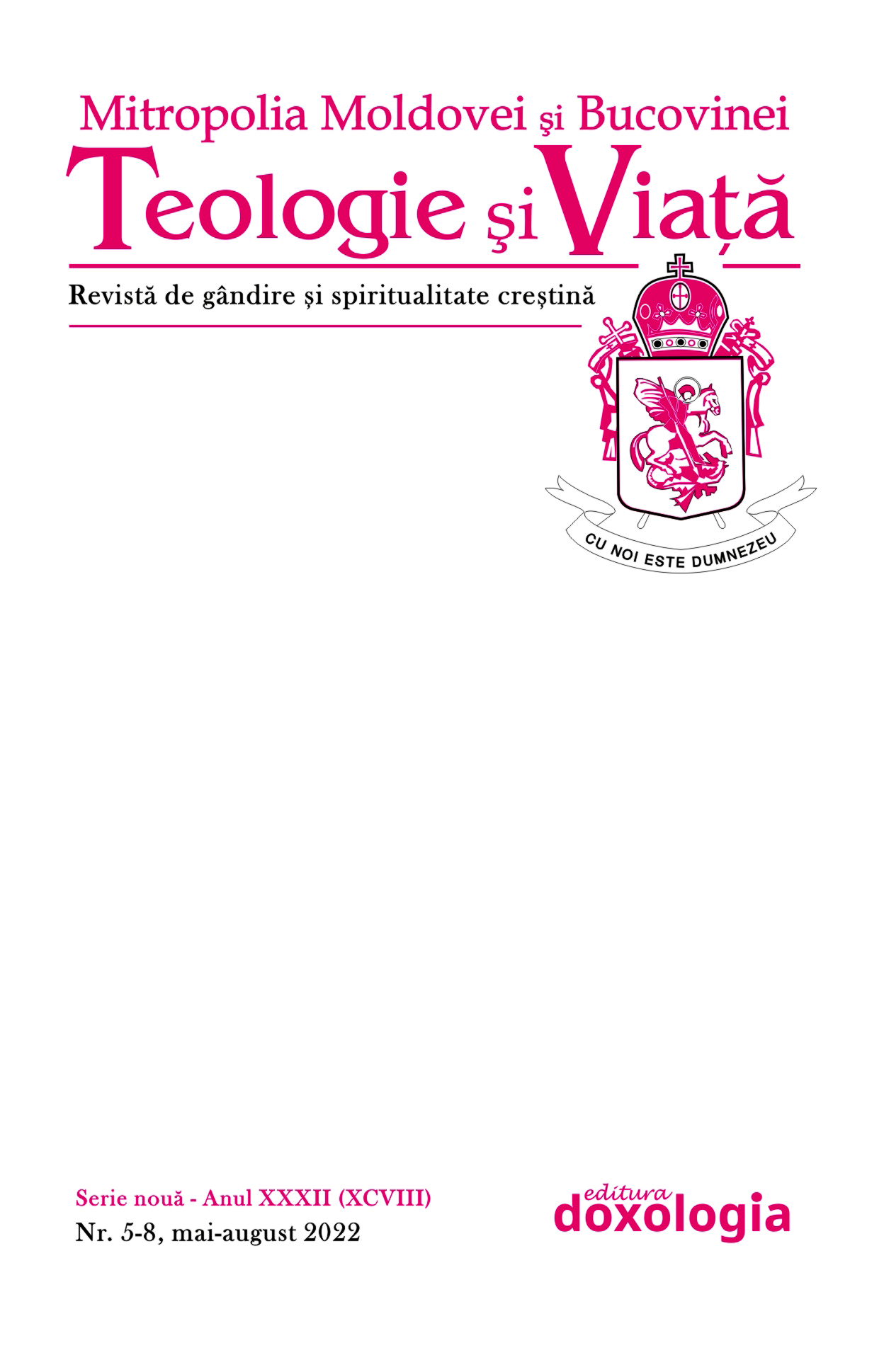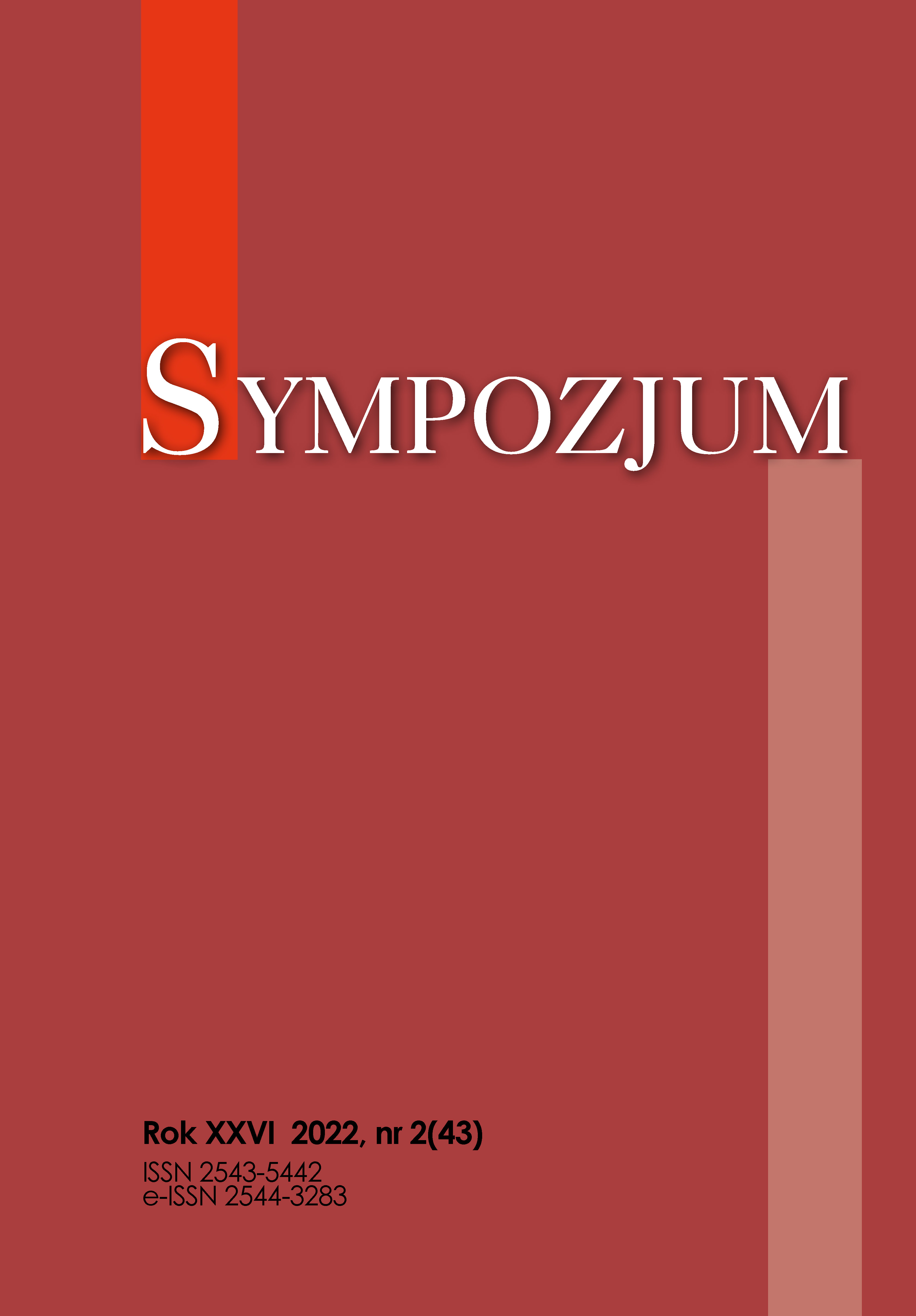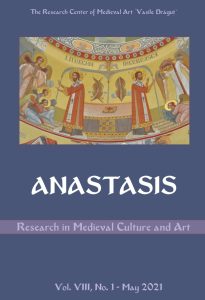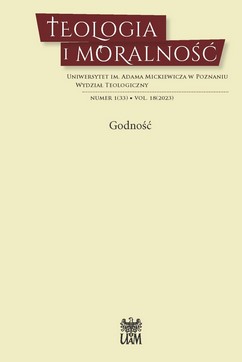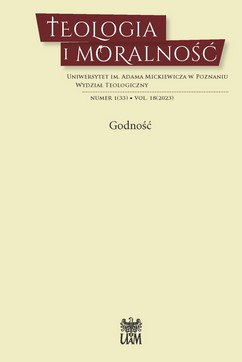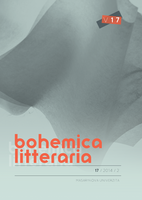
Tkadleček: vernakularizace filozofického myšlení
In the Old Czech composition Tkadleček (The Weaver; after 1407) the late medieval Bohemian literature achived its pinnacle; it is considered one of the most important works of Czech literary canon. The origin of this anonymous work can be traced back to an extraordinary German text Ackermann aus Böhmen (The Ploughman from Bohemia; around 1400) by Johannes von Tepl. Both compositions are linguistically sublime and present compelling problems, aspiring to more than mere linguistic artistry. The paper focuses on a genre analysis of the text, demonstrating that Tkadleček belongs to the tradition of consolatory rhetoric, drawing special attention to the context of lay piety and pastoral care in Late Middle Ages.
More...
